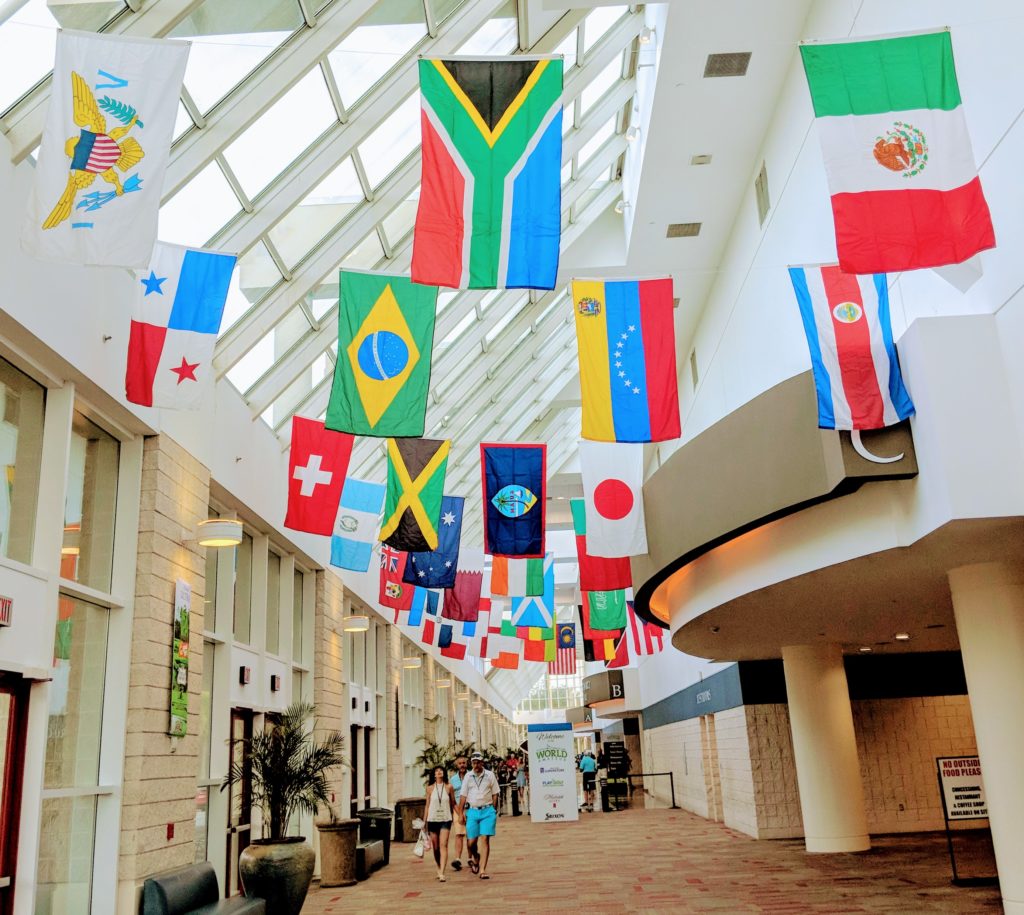The Illinois golf calendar took a big hit on Friday when the Chicago District Golf Association announced the cancelation of its two biggest and oldest championships.
The CDGA Amateur, which was to be played for the 101st time June 22-25 at Bull Valley in Woodstock, and the Illinois State Amateur, slated for its 90th playing at The Club at Wynstone in Barrington July 21-23, were dropped due to concerns over the COVID-19 pandemic.
Friday’s announcement followed last week’s decision by Mistwood Golf Club, in Romeoville, to call off the Illinois Women’s Open. The Western Golf Association also had also cancelled its Western Junior and Women’s Western Junior Championships. The IWO was scheduled for July 13-15 and the two Western events were to tee off on June 15.
State government officials allowed Illinois’ courses to re-open on May 1 with a series of restrictions in place. While allowing for limited recreational play, those restrictions hinder the conducting of major tournaments.
“We continue to rely on the guidance of international, national and local health organizations and administrators, as well as the Golf Operational Restrictions set by the State of Illinois, when it comes to making decisions on our events,’’ said Robert Markionni, the CDGA executive director. “Based on current information from these entities we do not think it is feasible to begin safely conducting qualifiers for these events in late May and early June at the standard we are accustomed to, thus unfortunately necessitating the cancelation of these prestigious events.’’
This is the first cancelation in the history of the Illinois State Amateur, which was created in 1931. The CDGA Amateur last endured a cancelation n 1945, during World War II.
Both the Western Golf Association and Mistwood also cited travel restrictions for the decisions to cancel their tournaments.
The CDGA, which has now has cancelled four of its tournaments, also conducts qualifiers for many national events staged by the U.S. Golf Association. The CDGA is targeting July as the month it can begin to conduct qualifiers and the corresponding championships. Its tournament season runs through Oct. 8.
Next event on the CDGA schedule is the June 10 Radix Cup matches, an annual duel between the CDGA’s best amateurs and the leading professionals from the Illinois PGA at Oak Park Country Club. That event is currently listed as postponed.
The IPGA, still hoping to reschedule most of its tournaments, has listed the bulk of its events as “postponed.’’










